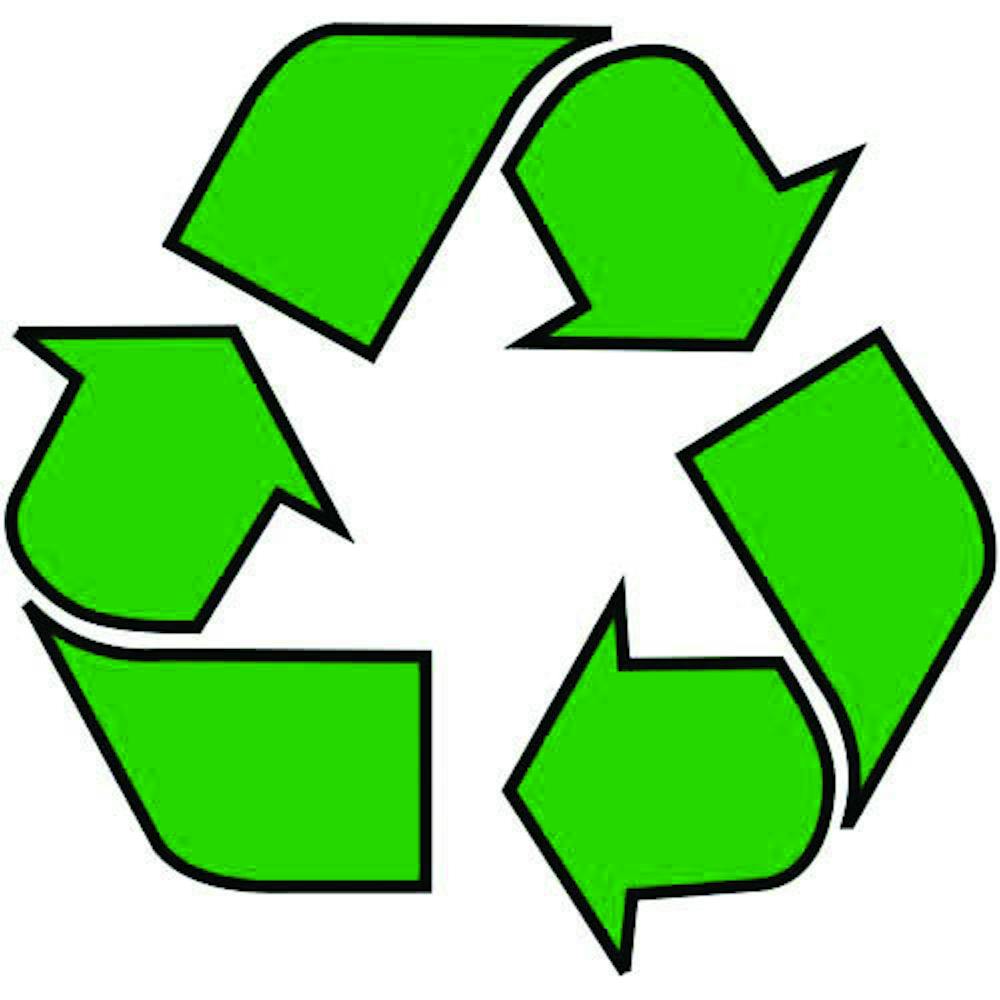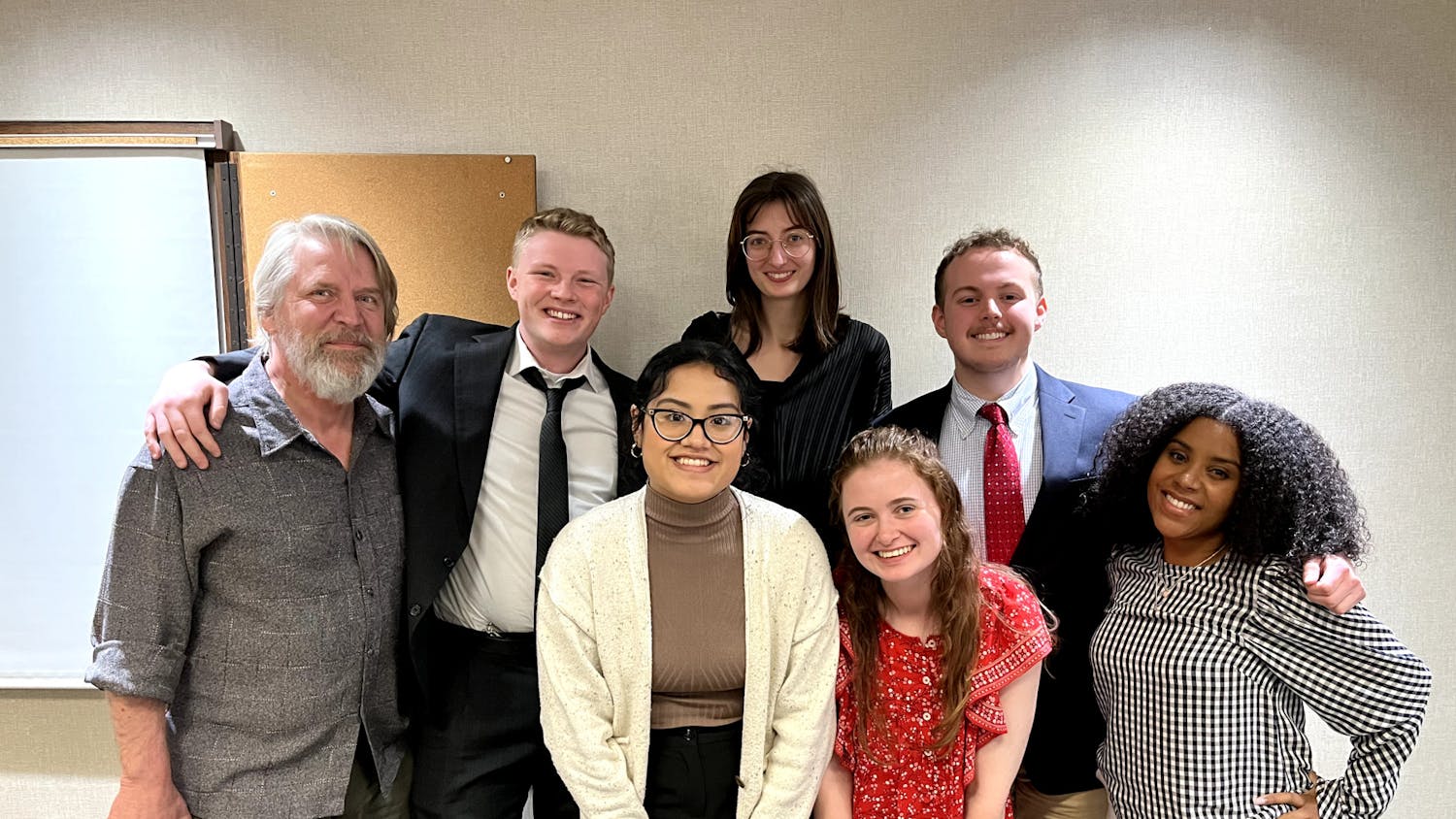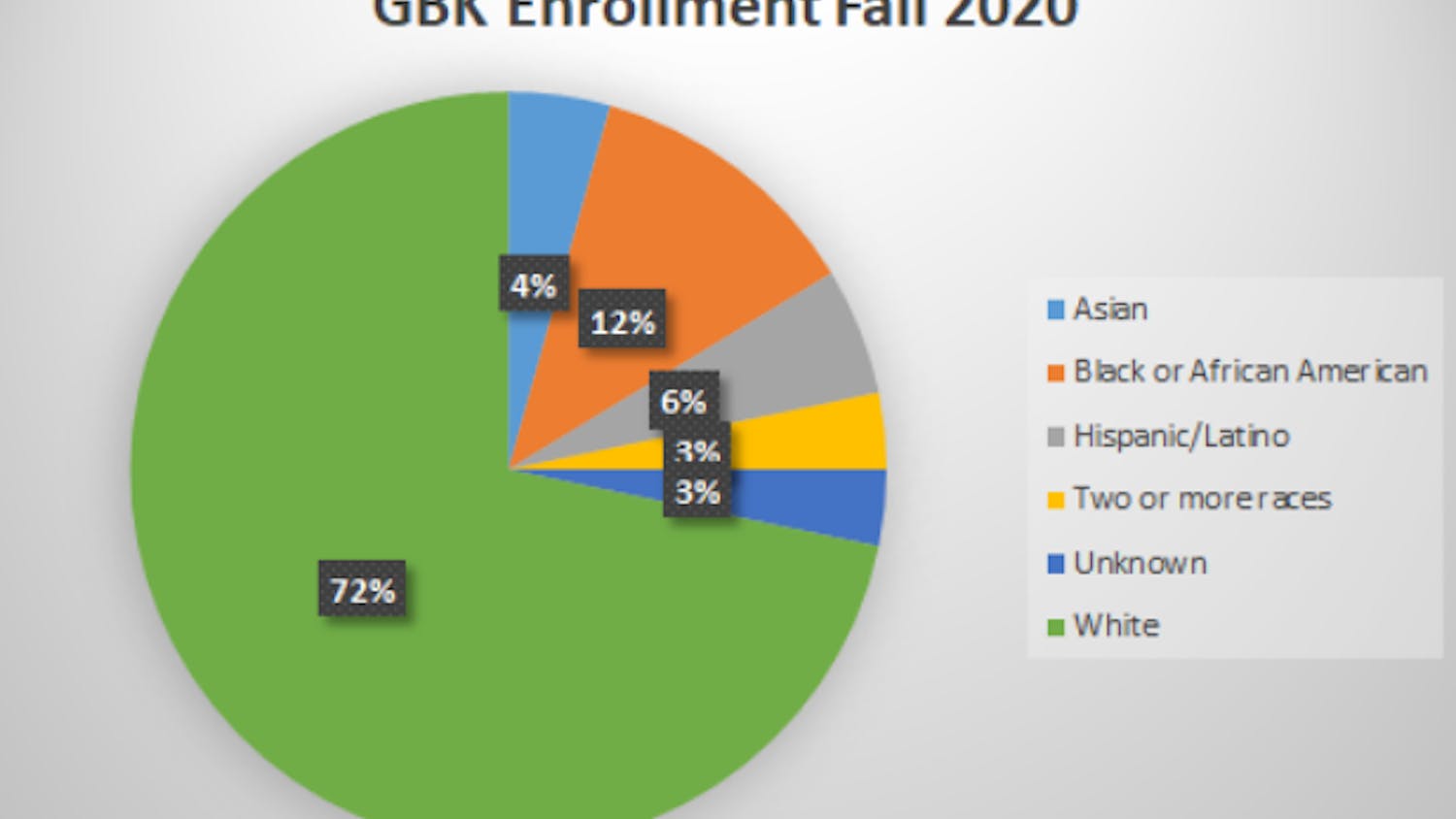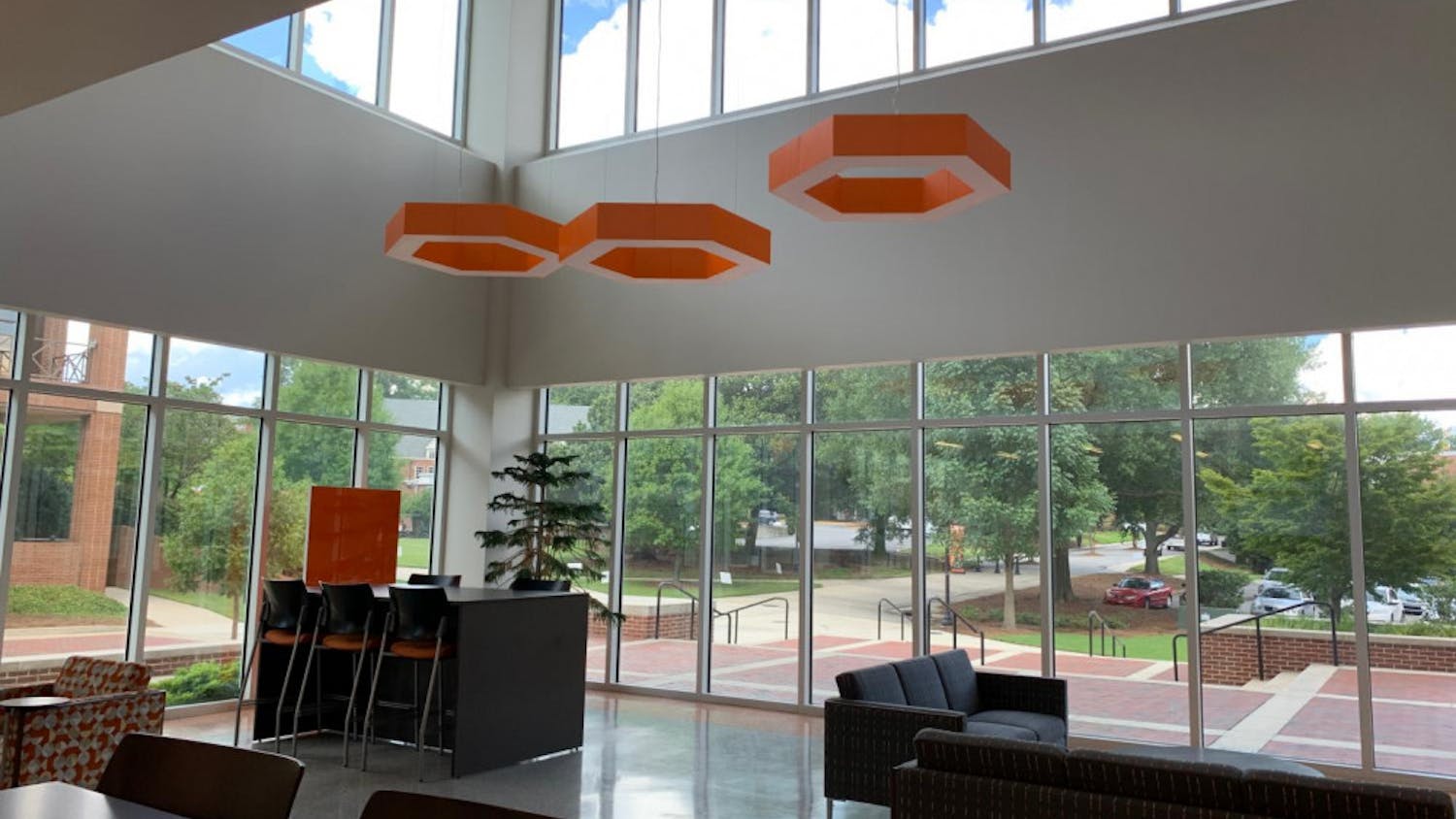Marvel’s latest hit, “Black Panther,” has inspired African pride and interest as thousands of moviegoers praised the film, yet irony doesn’t lurk far beneath the surface of the film.
As children and adults fawn over the cinematic masterpiece, the film ingeniously comments on the social climate and struggle of African nations naturally endowed with precious minerals.
In the film, Vibranium was the idealistic symbol of what could have been the fate of those nations had Africa been free of colonial masters and free to choose her own destiny.
The Democratic Republic of Congo (DRC) has an invaluable natural resource known as coltan. It’s a metal ore made of two separate elements, one of which is tantalum. According to Lenntech, tantalum is malleable and superconductive so thinner and smaller capacitors can be made from it.
This has led to the miniaturization and efficiency of handheld devices, particularly smartphones. But why is coltan causing such controversy? Because the methods used to extract coltan often involve child labor, unethical environmental practices and political instability, according to the United Nations.
Children are kidnapped from villages to mine the resource, and rebel armies have also taken over mines in hopes to make a profit and gain political control of land they deem theirs, according to The Conversation.
Consumer interest in buying the latest electronic gadgets partially contributes to this crisis. Companies have taken action to ensure the public that their products don’t have controversial elements.
Yet, there is speculation that these public decries are more for publicity than for genuine concern about the welfare of the Congo and its people. The European Parliament voted in May 2015 to move to ban all products containing conflict mineral, according to Foreign Policy. Yet, there is still a lot that needs to be done.
Another dimension of the technological fallout linked with globalization is E-waste, such as old cell phones and laptops. Approximately 44.7 million tons of electronic waste is generated worldwide every year, according to The Global E-waste Monitor. That’s equivalent to throwing 800 laptops away every second.
This is also equivalent to 4,500 Eiffel towers, but only 20 percent of E-Waste is properly recycled. A good amount of electronic waste is sent to developing countries in Africa and Asia, creating damage to the environment and the health of poor people in these areas who have to recycle the products, according to The Global E-waste Monitor.
As global citizens, we must exercise our rights and protect the rights of our fellow global citizens. It is important to note that at Mercer, “Everyone majors in changing the world.”
Ways you can help reduce the demand for coltan and reduce E-waste:
1.Wait to get the new smartphone
2. Recycle your old electronics
3. Vote for policies that are beneficial for all, not just the big corporations.
Opinion: Is Vibranium in your Cell Phone?

Photo provided by Wikipedia Commons.




